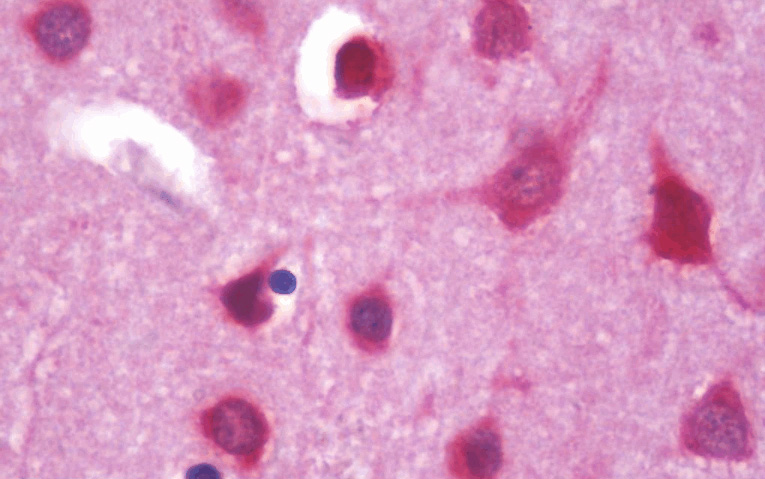Huntingtin (HTT) (C-term) Rabbit Polyclonal Antibody
Specifications
| Product Data | |
| Applications | ELISA, IF, IHC, WB |
| Recommended Dilution | ELISA: 1/20000 - 1/60000. Immunofluorescence: 1/100 - 1/500. Immunohistochemistry on Paraffin Sections: 5 µg/ml. Western Blot: 0.1 µg/ml. |
| Reactivities | Human, Mouse, Rat |
| Host | Rabbit |
| Isotype | IgG |
| Clonality | Polyclonal |
| Immunogen | HTT / Huntingtin antibody was raised against huntington affinity purified antibody was prepared from whole Rabbit serum produced by repeated immunizations with a synthetic peptide corresponding to the C-terminus of Human Huntington. C-Terminus. |
| Specificity | This antibody is specific towards HTT. A BLAST analysis was used to suggest cross-reactivity with Human, Mouse, and Rat based on 100% sequence homology. Cross-reactivity with HTT from other sources has not been determined. |
| Formulation | 0.02M Potassium Phosphate, 0.15M Sodium Chloride, pH 7.2, 30% Glycerol State: Purified State: Liquid (sterile filtered) purified Ig fraction |
| Concentration | lot specific |
| Purification | Immunoaffinity Chromatography |
| Storage | Store undiluted at 2-8°C for one month or (in aliquots) at -20°C for longer. Avoid repeated freezing and thawing. |
| Stability | Shelf life: one year from despatch. |
| Database Link | |
| Background | Huntingtin (also known as Huntington's disease protein, Htt and HD protein) is the protein product of a disease gene linked to Huntington's disease, a neuro-degenerative disorder characterized by loss of striatal neurons. This may be caused by an expanded, unstable trinucleotide repeat in the huntingtin gene, which translates as a polyglutamine repeat in the protein product (see partial protein sequence below). The huntingtin gene locus is large, spanning 180 kb and consisting of 67 exons. It is expressed as 2 alternatively polyadenylated forms displaying different relative abundance in various fetal and adult tissues. The genetic defect leading to Huntington's disease may not necessarily eliminate transcription, but may confer a new property on the mRNA or alter the function of the protein. One candidate is the huntingtin-associated protein-1, highly expressed in brain, which has increased affinity for huntingtin protein with expanded polyglutamine repeats. Normal huntingtin protein shows a cytoplasmic localization. This protein is widely expressed with the highest level of expression in the brain (nerve fibers, varicosities, and nerve endings). In the brain, the regions where it can be mainly found are the cerebellar cortex, the neocortex, the striatum, and the hippocampal formation. |
| Synonyms | Huntington Disease Protein, HD, IT15, HTT |
| Reference Data | |
Documents
| Product Manuals |
| FAQs |
{0} Product Review(s)
0 Product Review(s)
Submit review
Be the first one to submit a review
Product Citations
*Delivery time may vary from web posted schedule. Occasional delays may occur due to unforeseen
complexities in the preparation of your product. International customers may expect an additional 1-2 weeks
in shipping.






























































































































































































































































 Germany
Germany
 Japan
Japan
 United Kingdom
United Kingdom
 China
China



